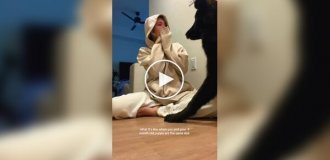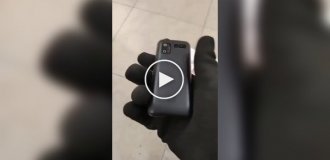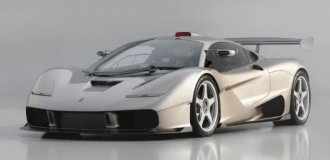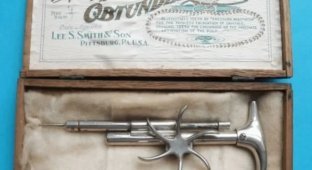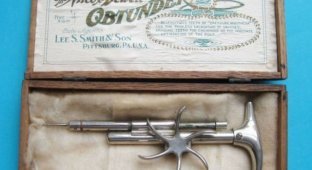19 strange tools used by doctors in the past (20 photos)
The past centuries have left us with a legacy of various medical instruments that were used for diagnostics, treatment, and surgery. Looking at them, it is difficult to immediately understand what they did. 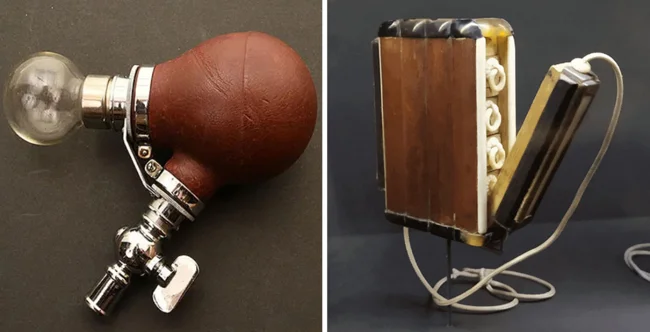
Doctors of the past created various devices to save people and restore health, relying on their experience and intelligence. Of course, not all of them were effective, and sometimes they could even cause harm. But over time, such strange devices helped medicine advance well, giving people a long and healthier life than previous generations. Let's take a look at the history of medical instruments together and be grateful that we don't have to go to the doctors of those times.
A 1905 dentist's syringe 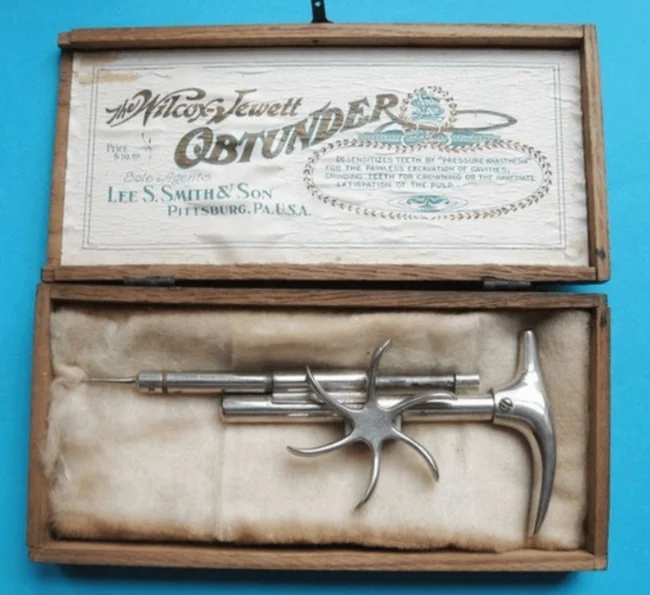
Just imagine how they administered the anesthetic.
Inro boxes were used to transport medicines during the Edo period, 1603-1867 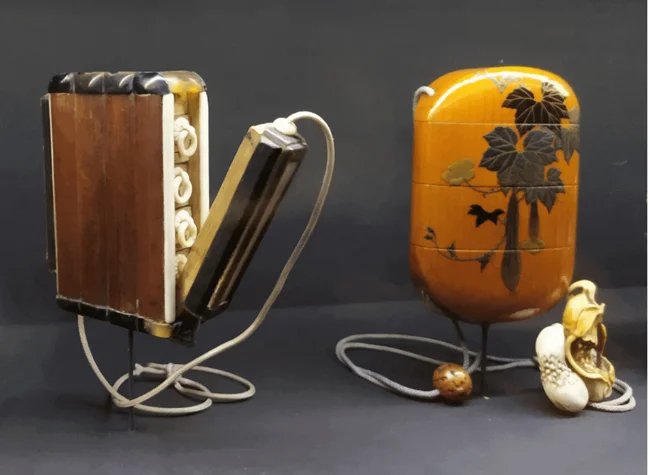
A very compact medieval medicine chest: 126 bottles of medicines, 1560s 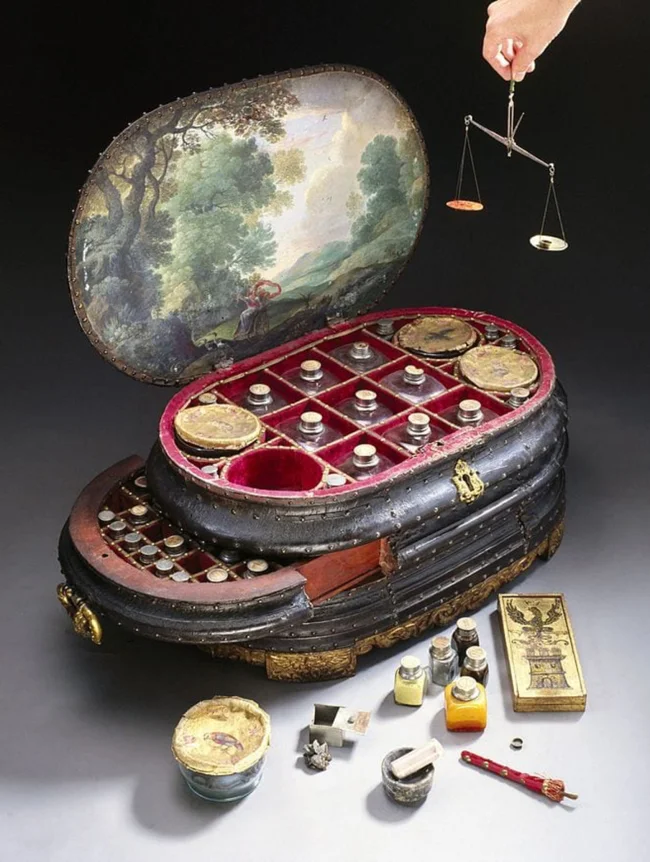
This pneumothorax apparatus was used to inject gas into the chest cavity to achievements of lung collapse, 1901-1930s
It was used quite widely in the treatment of tuberculosis, at that time there were no effective antibiotics.
Ear tube for audiometry 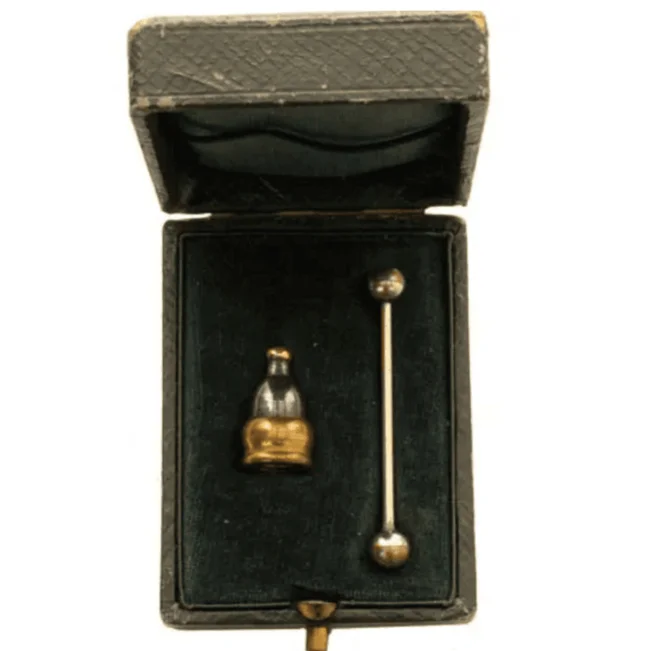
But they very rarely, but still checked bone conduction.
A brass syringe with a case - reusable, of course, 1601-1630s 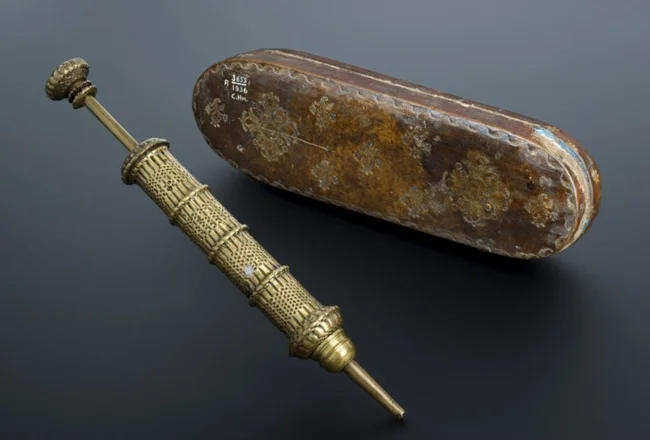
A metal piston enema with a container, and replaceable tips, 19th century 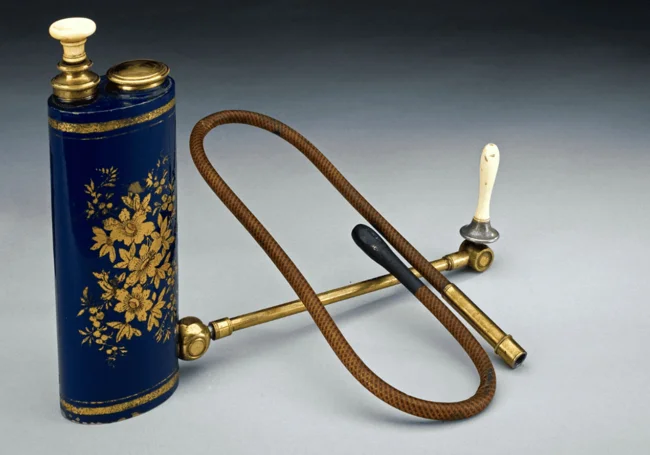
A lancet for bloodletting, which was often used in some periods of the past, 1850 
Mallam's Scarifier, 1874 
They were given a smallpox vaccine.
A birthing chair, it also folded, 1701-1830s 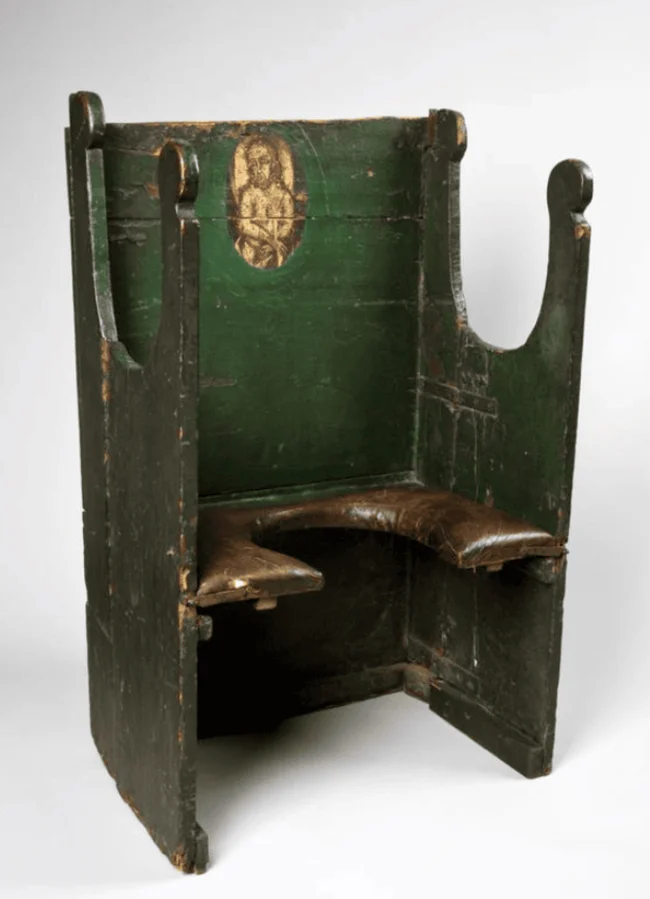
The woman's head was supposed to lie on the image of Christ.
They were used to extract bullets from a person, 1500th 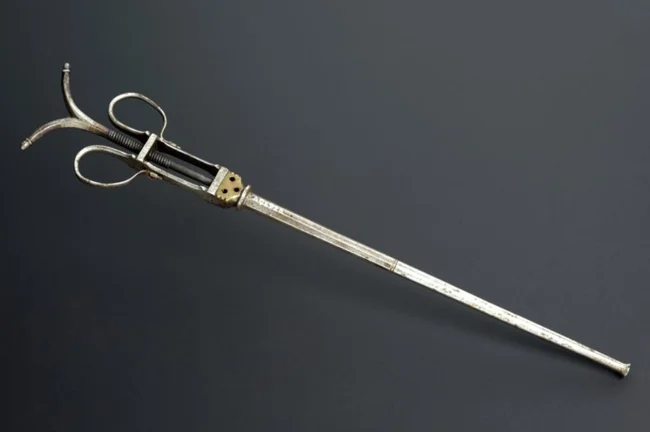
Trepanation tool, 1701-1800s 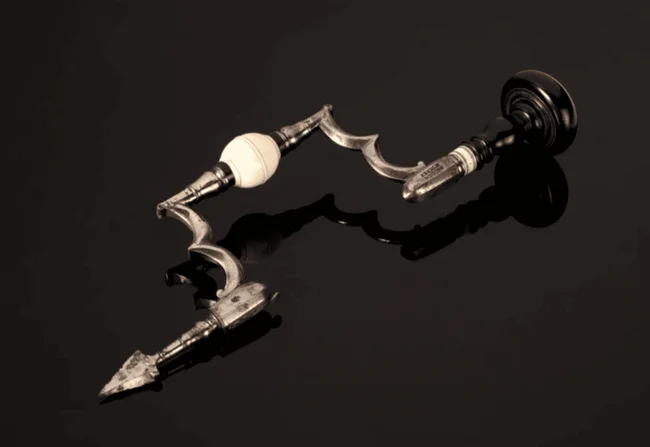
If someone didn't like their nose, they could resort to the help of this devices 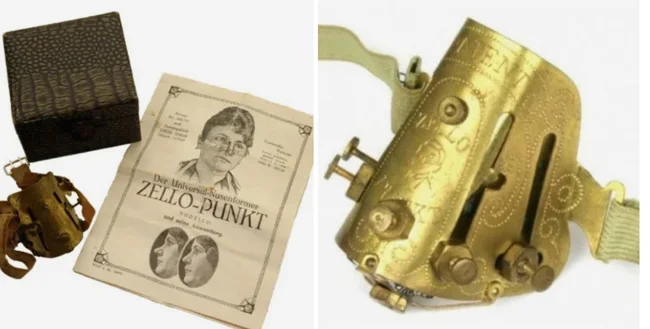
Amputation saw used in Europe, 1575 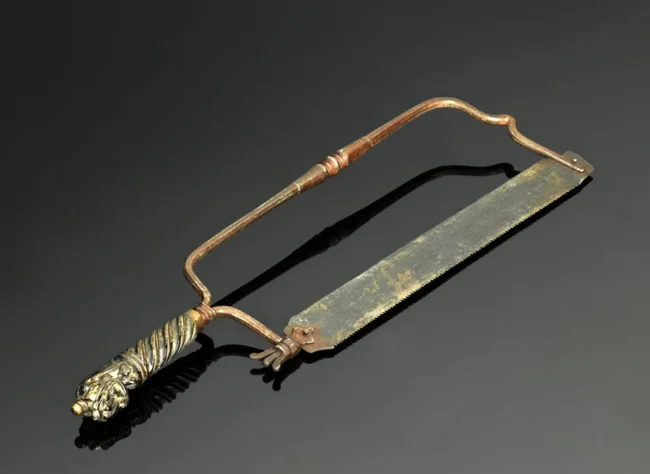
Carbolic vapor sprayer 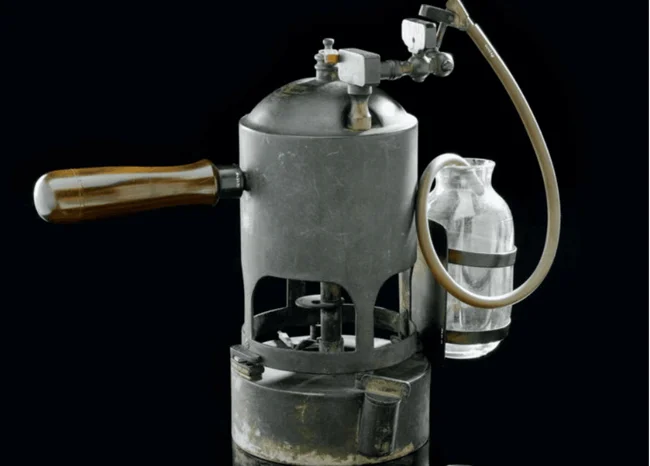
It was used to disinfect tissue during surgical intervention.
Urological pump – no comments 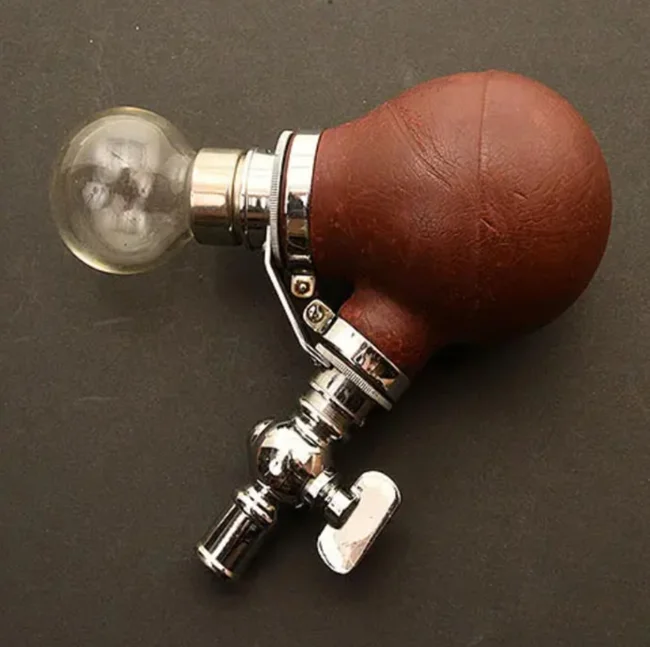
Galvanic apparatus, 1865 
What hasn't been treated with this medical electrostatic machine?
Dynamometer, 1751-1823 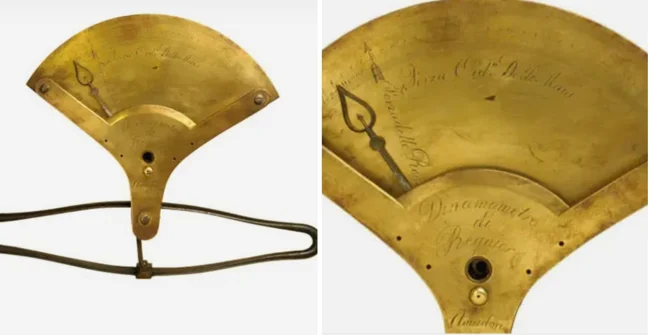
They assessed human muscle strength and determined the clinical progression of neuromuscular weakness.
Curved trocar, 1880 
With its help, surgeons penetrated into human cavities, maintaining a seal. Similar trocars, but more modern, are used by doctors today.

